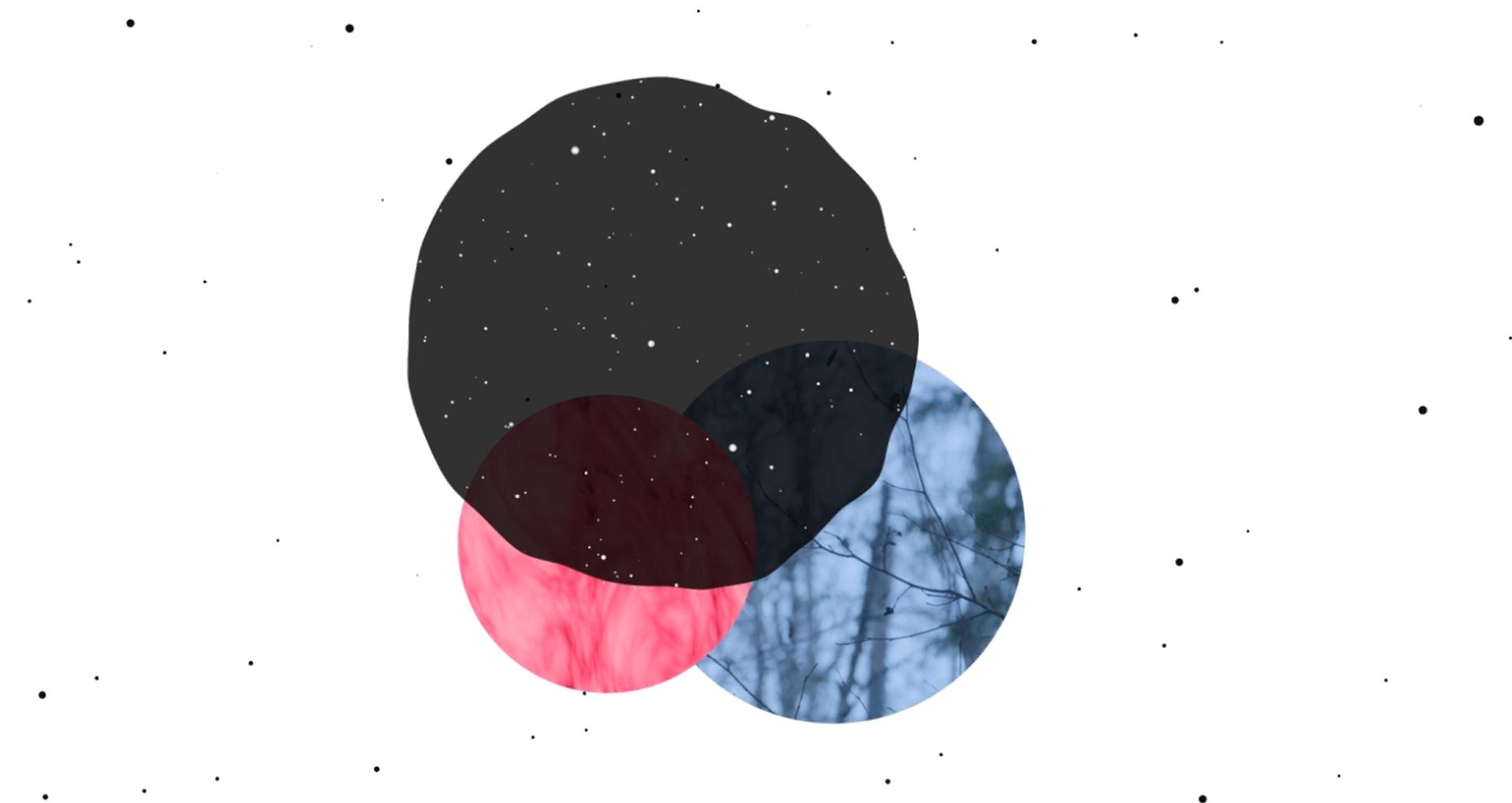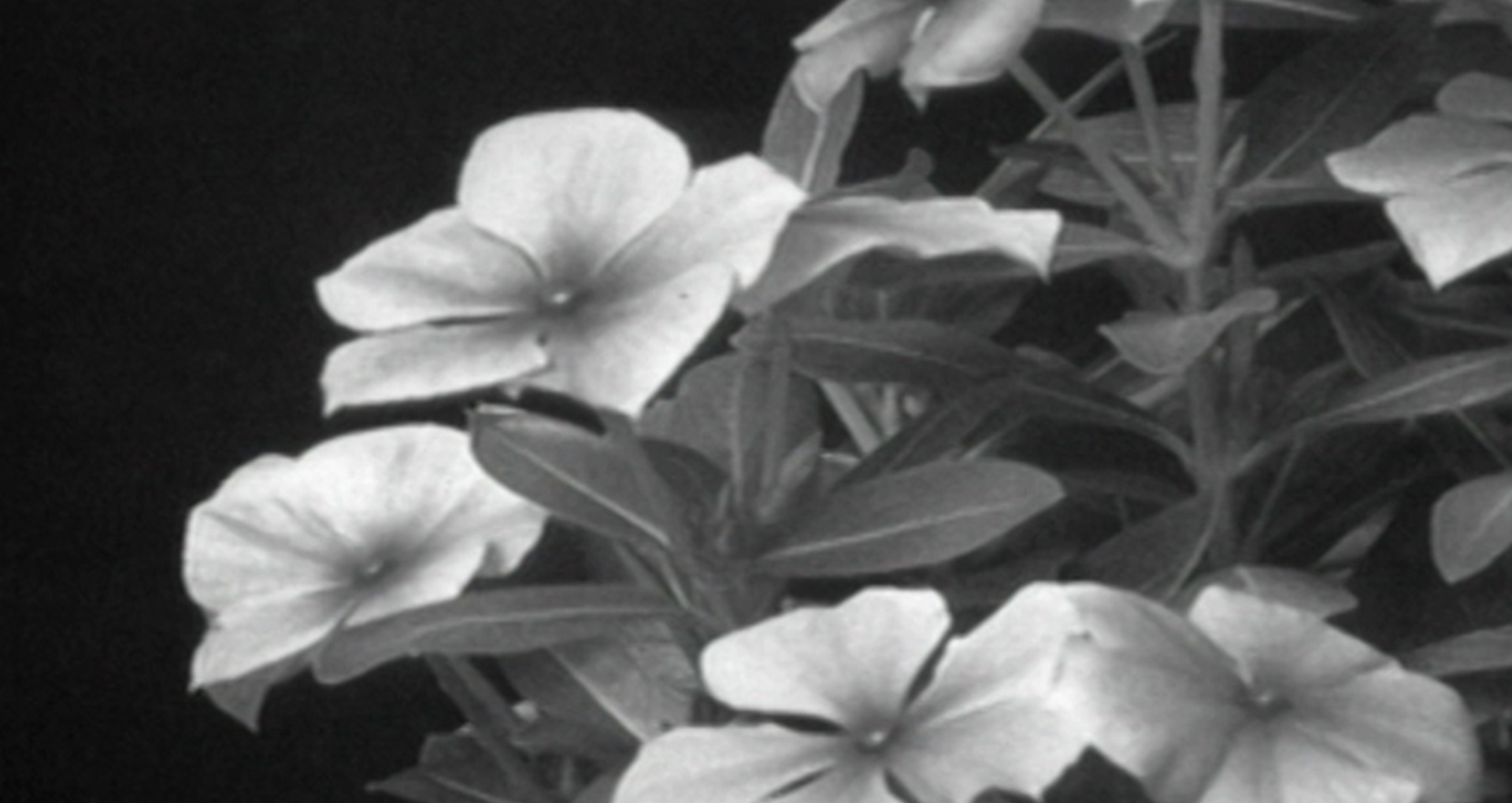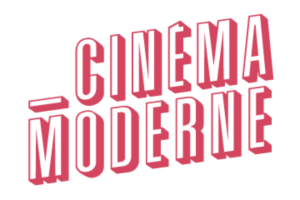CALL FOR SUBMISSIONS
Deadline : March 1st, 2021
* New: 4 calls for submissions per year
Program description
The Technical Support Program is intended to support artists interested in experimentation and in pushing the boundaries of the moving image in all its forms.
This support can be used in the production phase of the project or in the post-production phase.
A total of 4 calls for submissions per year will be made, for which the following are the deadlines;
- March 1st (for projects that will start between April and June)
- June 1st (for projects that will start between July and September)
- September 1st (for projects that will start between October and December)
- December 1st (for projects that will start between January and March)
Please note that 2 projects per call for submissions will be selected.
Artists selected under this program have free access to:
- Our editing suites, sound booth and digitizing equipment for a maximum of two weeks. These two weeks can be contiguous or spread over 3 months.
- Free access to available equipment belonging to Vidéographe.
- Two meetings with Vidéographe’s team to discuss the project and its circulation potential: one meeting at the start of the project in order to specify the needs and a second meeting at the end of the project.
- The possibility of organizing a private screening at Vidéographe.
It is not necessary to be a member of Vidéographe to apply; however, should your proposal be accepted, we will ask that you become a member. Once you have signed the agreement, you will have three months to take advantage of the benefits that this program has to offer. Regular membership fees are $50 + tx per year and student membership fees are $25 + tx per year.
We are looking to support independent experimental or documentary works that stand apart for their currency and endeavour to renew the artistic language. We will accept proposals for single-channel video, installation, Web-based work, and all other forms of moving image. We consider all genres—video art, experimental work, fiction, documentary or essay form, animation, dance video, and videoclip. Please note that all works must be independent and non-commercial. Projects of a conventional nature, such as classic short narrative film or television documentary will not be considered.
Once your project is finished, you may submit it for active distribution by Vidéographe. Please note however that acceptance into the Technical Support Program does not guarantee that your work will be distributed.
Required
- Candidates must possess full editorial and creative control of the project.
- Projects must be independent and non-commercial.
- Projects that have received support through this program may not be re-submitted.
- Student projects are not admissible.
- We encourage traditionally under-represented artists to submit a project. Vidéographe is driven by the conviction that multiple points of views are necessary to enrich society and the discipline we work in.
Selection process
Works will be chosen by a selection committee made up of Vidéographe staff and members.
Projects that are retained will be subject to a contractual agreement between the artist and Vidéographe. Schedules, revised budgets, and requirements regarding equipment, rooms, and technical support will be planned and clearly laid out, as will the terms and conditions relative to each party.
Application file:
- Contact information and website if applicable
- Project description (500 words)
- Schedule; (Overall project timeline and detailed timeline for support for creation).
- Technical needs; (Please consult our website for more details on our editing suites and equipment).
- Resume.
- Supporting documentation (current or past projects);
- Maximum 10 minutes of video footage. Please send a link to your video(s). Do not forget to include the password if applicable; and/or maximum 15 images (max: 1024 px wide, 72 dpi); sketches, plans, and mock-ups may also be submitted in PDF format.
Submission of your file
Applications will be accepted by email only. An acknowledgment of receipt will be sent. Please write TECHNICAL SUPPORT PROGRAM in the subject heading of your email and send your file to info@videographe.org. Please send your file as a SINGLE PDF document (including links to videos). Files found in the text section of the email will not be taken into account.
Please allow three weeks for a response. Vidéographe chooses eight projects per year.







